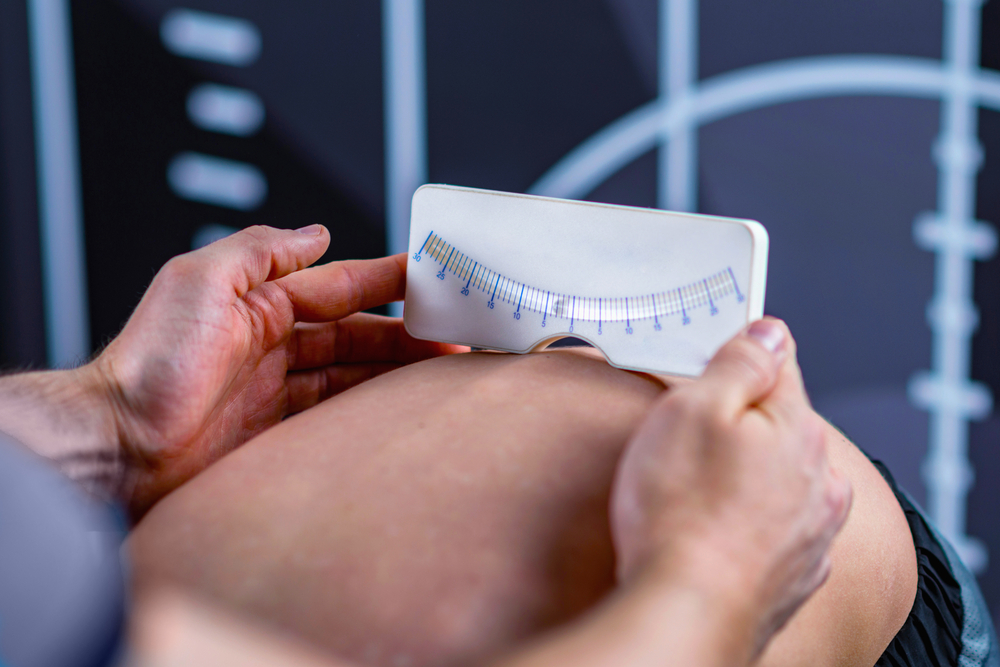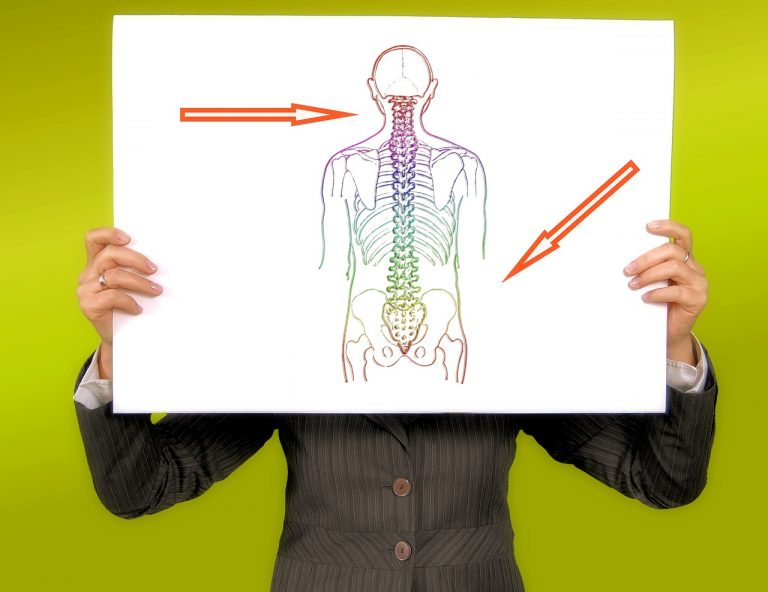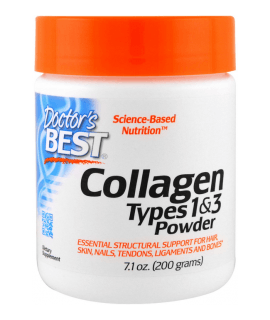An extremely popular question emerging among the community of weight training people is the limitations associated with the occurrence of scoliosis. This is related to the great popularity of this pathology of the spine structure. Due to the complexity of the problem, it is difficult to put a clear answer to the question of how to train with scoliosis, which is why many answers to this question are incorrect, often posing a risk of damaging the health of the questioner. In this article, we will try to develop the problem of scoliosis and present training options depending on the severity of this dysfunction.
What is scoliosis?
Most people questioned about scoliosis are unresponsive that this is a lateral curvature of the spine. This is not true. Scoliosis is a pathology of the spine covering three planes - sagittal, transverse and frontal. The lateral bending of the spine is a disorder only in the last of these body planes. A correct look at the definition of scoliosis makes it possible to understand why it is a dysfunction so difficult to treat and rehabilitate.
However, despite the relatively complex mechanics of scoliosis, in most cases it is not a disorder causing significant health consequences. Minimal deviations from the normal axis of the spine occur in about half of the population, and yet every second of us does not complain about spinal problems associated with scoliotic changes . This is due to significant compensatory abilities of the organism, which causes that minor changes in the structure of the body axis do not noticeably affect its functions. However, this does not mean that the problem can be ignored, and the question of how to train in the case of deviations from the physiological vertebral position is the most justified for preventive reasons.

Adam test for scoliosis
In the initial diagnosis of scoliosis, the Adams test is popularly performed. Although it is not extremely detailed, it is extremely simple to perform and allows you to determine the need for further diagnosis of the spine with the help of any person without medical training. It consists in assessing the slope forward with the knees extended. The examinee observes during the test from the back of the subject (without a T-shirt), looking for a rib cage or a lumbar spine. In a simpler way, this can be seen as seeking asymmetry within the muscles lying slightly laterally from the spine. They indicate structural disorders in this area and indicate the need for further detailed diagnosis to assess the intensity of changes.
Cobb's method for scioliosis diagnosis
For more detailed diagnostics, the so-called Cobb's method , which consists in delineating straight lines along distal marginal margins of the curve and determining the angle between them perpendicular to them. The Cobb angle is determined based on the radiogram.
Based on the value of the angle calculated by the Cobb method , the degree of severity of the scoliosis of the Grade 4 scale is determined. On its basis, it is easiest to relate the dysfunction to the functional capabilities of the spine as well as the entire body. It looks as follows
- 1st degree - up to 30°
- 2nd degree - from 30 to 60°
- 3rd degree - from 60 to 90°
- 4th - above 90 °

What to do in case of scoliosis?
The first step we should take when suspecting the presence of scoliosis in our body is accurate medical diagnosis. It will allow you to diagnose and possibly treat the disease. In the case of less advanced changes, it will give us a picture of how we should work with the spine.
It should be added here that the article is only indicative, and the final decision regarding the exercises in scoliosis should be made after a medical consultation and in cooperation with a physiotherapist, who will take into account individual needs.
In the first degree of scoliosis, according to Gruta, we can basically afford almost anything. It is indicated that to the angle of approx. 20 ° according to Cobb there is no greater need to modify the training in the absence of pain symptoms. However, the greater the change, the more emphasis we should place on the central stabilization and the work of the deep muscles of the torso. Structural changes in the spine may destabilize his work, increasing the susceptibility to injuries.
With noticeable scoliosis (15-30 °) for training, it is worth implementing preventive elements to prevent further deepening of the mechanical pathology of the spine. The general scheme of action in this situation will be the loosening of the muscles on the side of the recess and strengthening them on the convex side, balancing muscular dysbalance . However, do not put too much emphasis on this aspect of training, work should constitute a small percentage of the whole plan, including the balanced development of the body. You can only add delicate, one-sided relaxation. Some suggest additional one-sided muscle strengthening on the weakened side - I personally believe that the implementation of this without consulting a specialist is fraught with the risk of aggravating dysfunctions, and beneficial preventive effects are also obtained by symmetric strengthening of the deep muscles. One should not expect visible results of such proceedings. As I mentioned at the beginning of the article, scoliosis is a triplancy disorder , and here we usually practice within one plane. The effectiveness of exercises in the field of restoring the physiological position of the spine is therefore small, and its use has more preventive importance.
Due to the complexity of training including prophylactic elements in scoliosis, I recommend that you consult a physiotherapist and work out with him to take into account training focused on the goals we set, as well as prophylactic against scoliosis. If we do not have the opportunity to consult a specialist, I suggest staying with classic deep abdominal exercises and reducing the axial loads of the spine (with the barbell on the neck at the forefront), with the possible addition of gentle relaxation on the side with excessive muscular tension.
In the case of curvatures exceeding the Cobb angle of 30°, I strongly advise against making independent decisions on training issues. These are relatively serious changes in which the training must be heavily modified. The methods of rehabilitation in such situations are different, although currently the best course of work is the consolidation of the existing model and the curbing of curvature and minimizing the risk of injury as a result of structural disorders. With major changes, which predict surgery, the training focuses on preparing the body for surgery and facilitating its course and shortening the time necessary to restore full efficiency after the procedure. Significant scoliotic changes (3rd and 4th grade Gruca) are also an absolute contraindication to classic strength training.
Scoliosis diagnosis - summary
the training aspects of the procedure during scoliosis, we must be aware that the possibility of changing the position of the vertebrae in the direction of restoring their correct positioning are possible to do the exercises only to a small extent (and often not at all). We should focus more on the prevention of the consequences of non-physiological alignment of the spine segments and prevention of further change.
Scioliosis and risk of injury
When discussing scoliosis, we should also mention other consequences of structural abnormalities in the spine than the increased risk of injury due to the lack of stability of the body axis. The most common accompanying ailments are osteoarthritis of the intervertebral joints and pressure on the nerve roots. Both will manifest in pain and limitation of mobility and require specialist intervention. The painful consequences of scoliosis are an absolute indication to stop training on your own and start rehabilitation work.
Although surgical treatment is by far the most effective form of restoring natural curvatures of the spine, it is a highly invasive method, which is why it is selected only with significant changes, which absolutely require this form of therapy. In less advanced scoliosis, the effectiveness of the FED method ( Fixation , Elongation , Derotation) is indicated . It is a mechanical method based on a three-dimensional influence on the spinal segments' positioning. It shows significant effectiveness and is indicated as an effective form of scoliosis treatment.
Scoliosis and training - conclusion
It can not be unequivocally determined whether scoliosis is a contraindication to strength training. The diagnosis necessary for this is the degree of its advancement. Depending on the degree of change, the behavior varies, from the lack of necessity to introduce changes to the training, by increasing the intensity of work within the deep muscle strengthening, to the complete let-down of strength training. We must also be aware that physical exercises are not likely to restore the neutral position of the spine - they will allow to reduce the risk of complications of structural changes and inhibit the worsening of the defect.









